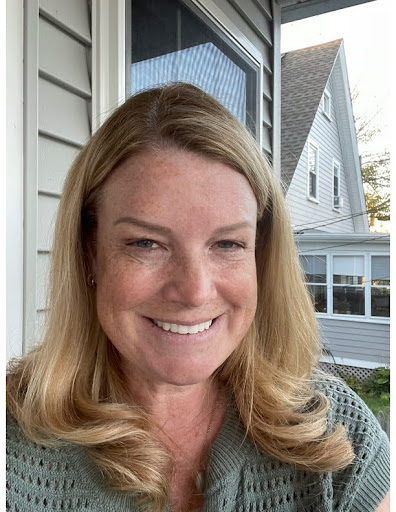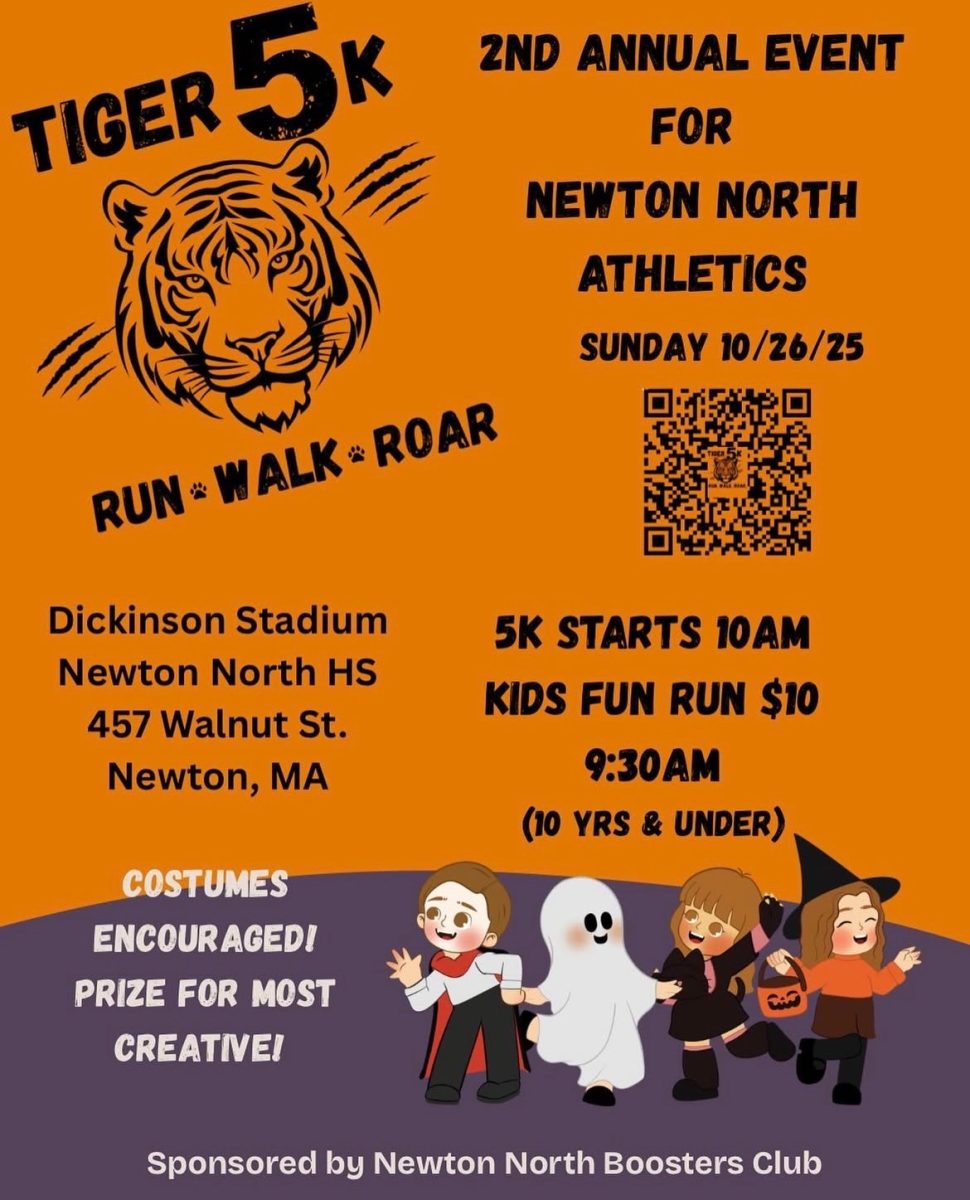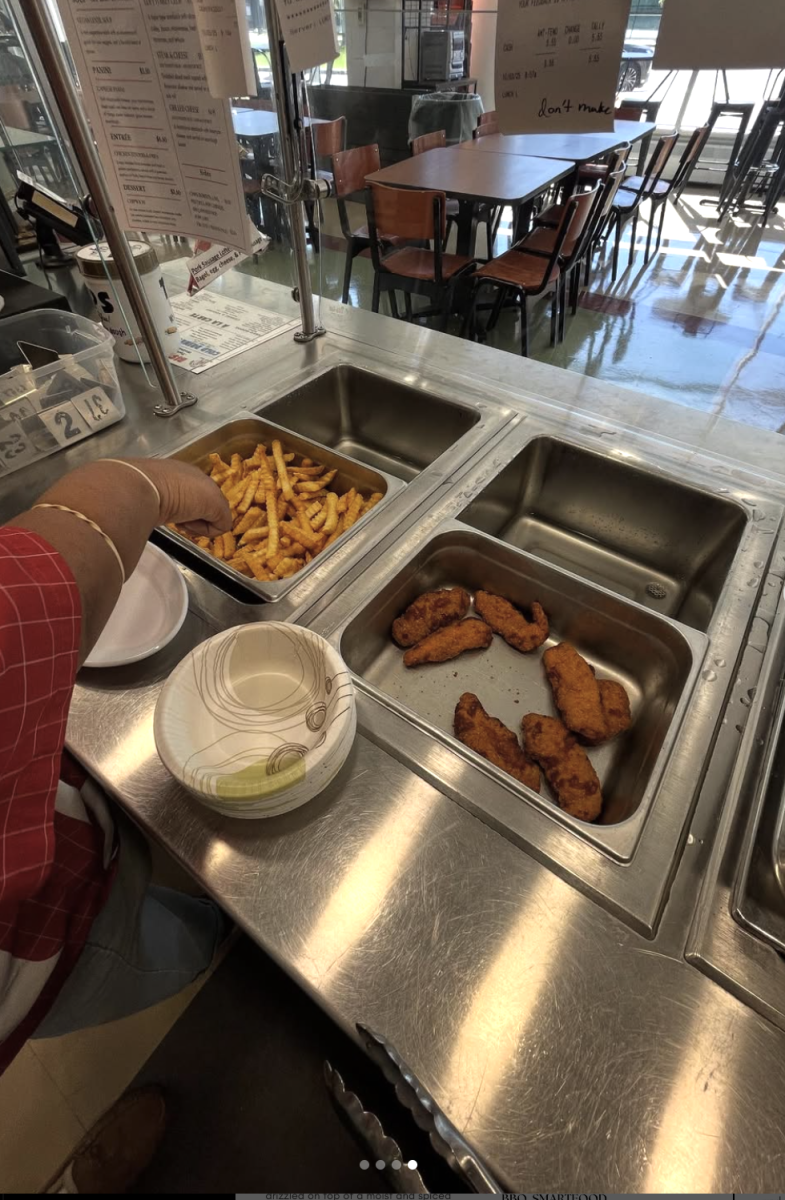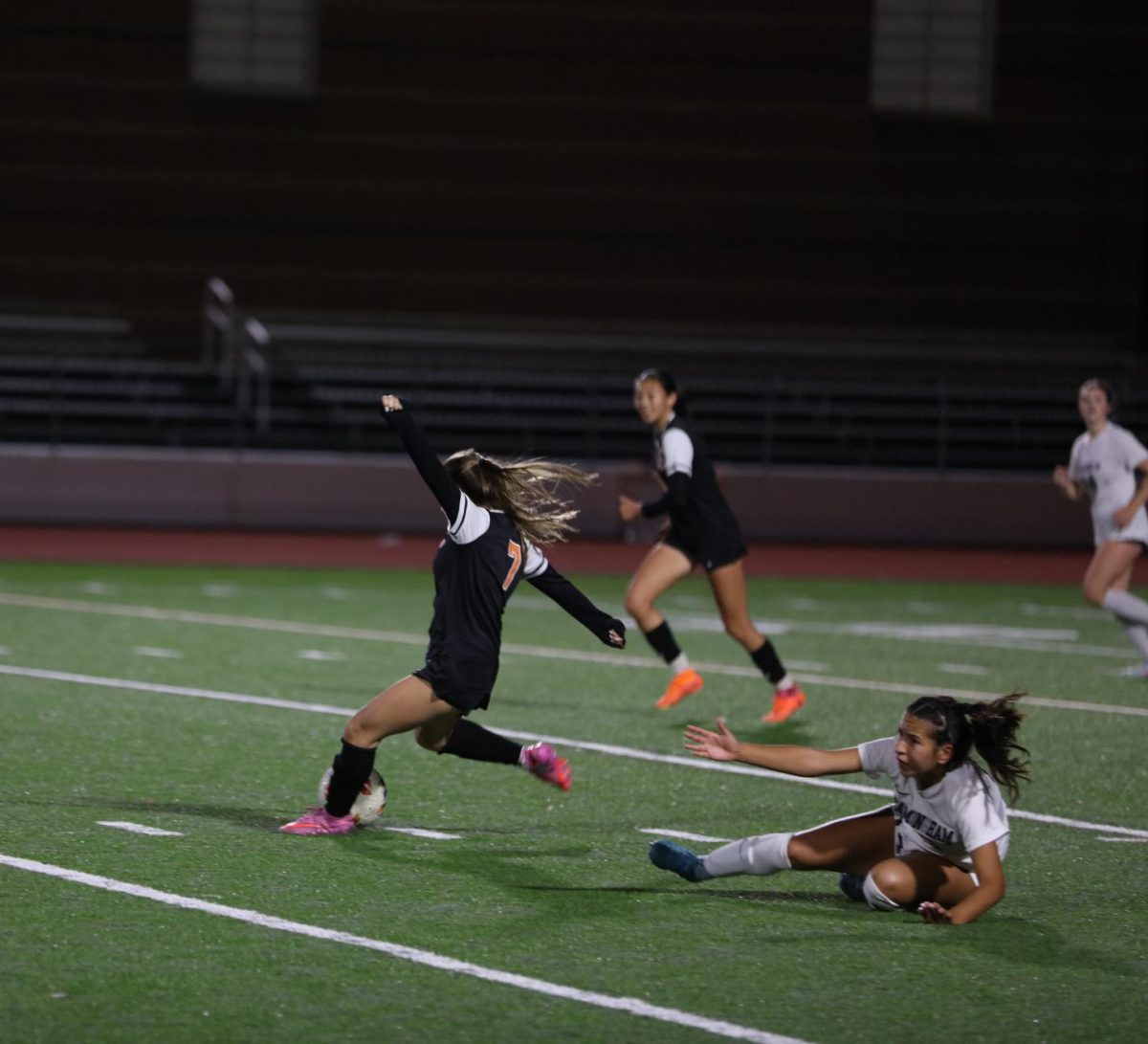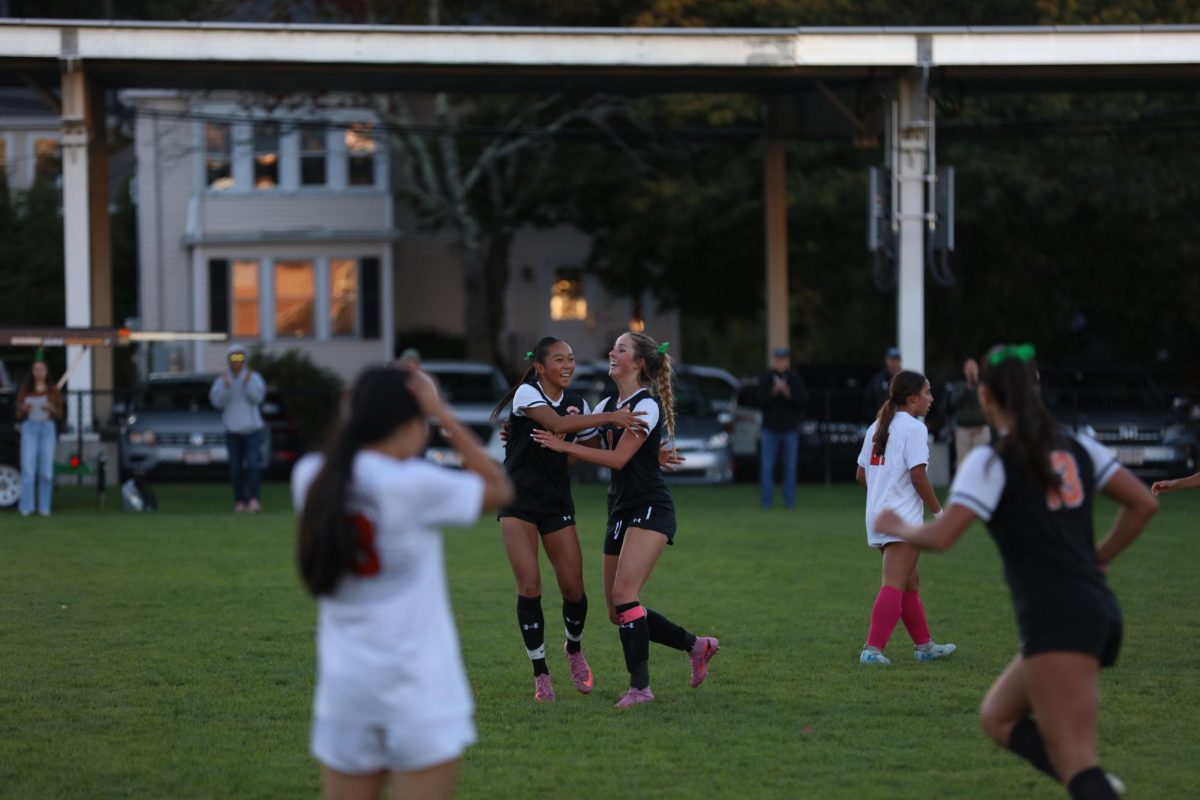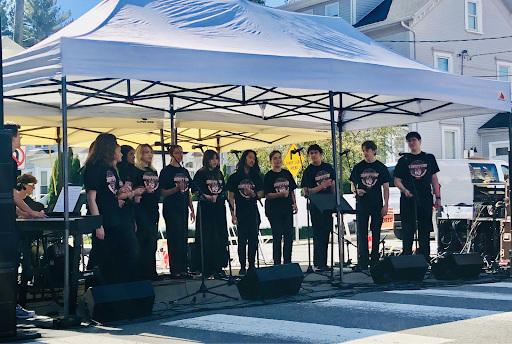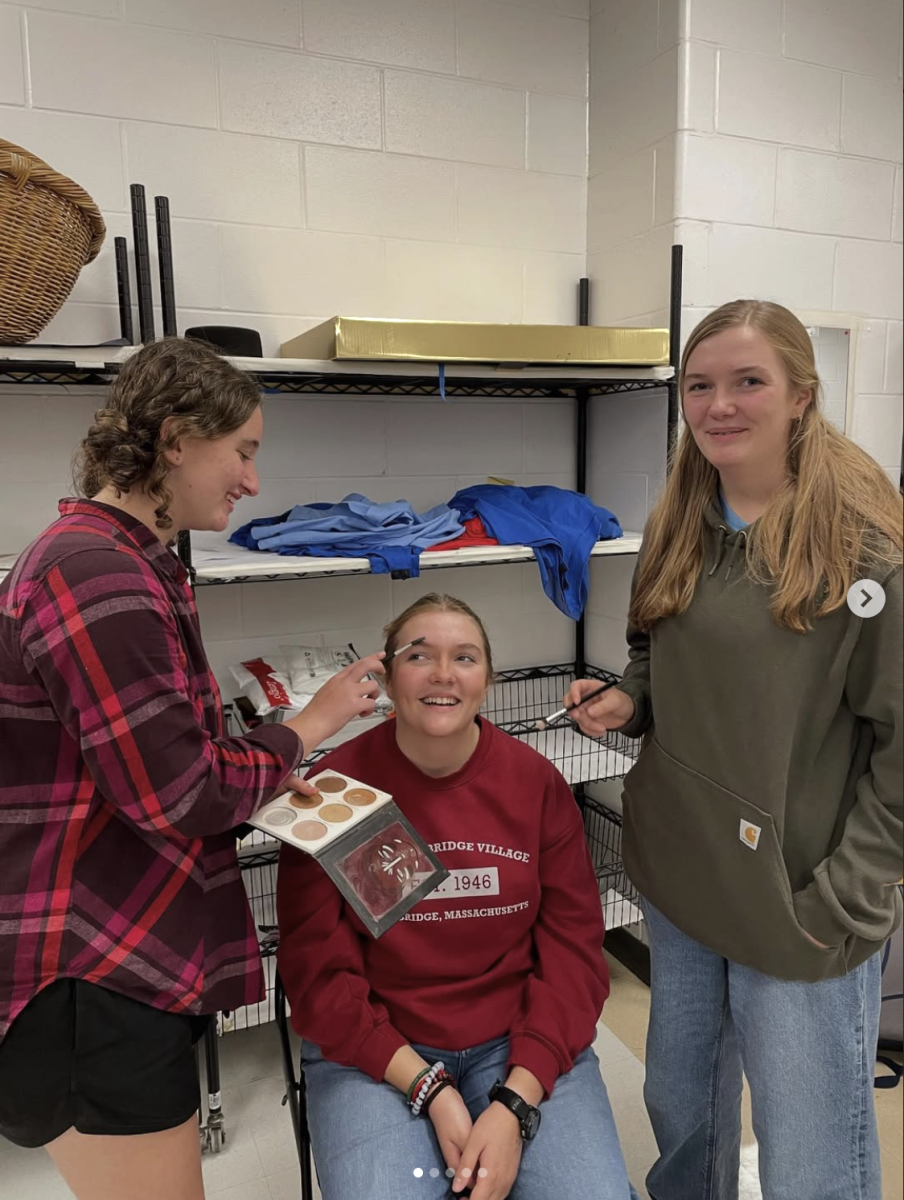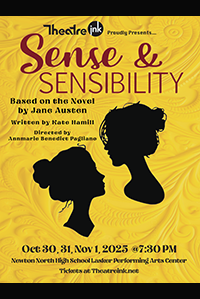 [/media-credit]
[/media-credit]
- Senior Gwendolyn Stoll looks at apps in the Library Learning Commons.
by Hilary Brumberg
Librarians of the Library Learning Commons integrated technology into their space in the new building by adding iPads, iPod touches, Kindles, Ebooks and computers, as well as using QR codes to access books and other information, according to librarian and Senior Year Project teacher Kevin McGrath.
In addition to 46 desktop computers and 18 laptops, the Learning Commons has 15 iPads, which students can check after signing an agreement.
McGrath said that “libraries are places that should have iPads” because many magazines now develop their content for iPads. Also, he said he hopes that the iPads will “support a diverse and growing need for alternative ways to learn.”
When librarians were deciding how to allocate the funds in the most effective way, they realized that the choice was mainly between iPads and computers, McGrath said. Even though iPads meant fewer computers, he said it was worth purchasing them because the option was a “once in a lifetime opportunity.”
The Library Learning Commons also purchased six iPod touches with which students can listen to music and use apps while in the library. It also received five Kindles for students to check out for three weeks at a time.
Like all other departments, the library department placed its requests for computers, iPads, iPods and Kindles with Paul Shapiro, the technology consultant for the construction of this school in the spring of 2010.
Shapiro said he was able to fund nearly 100 percent of the librarians’ requests, totalling almost $100,000.
The Library Learning Commons also received $35,000 from the Education Excellence Fund. During the 2009-2010 school year, the librarians met with representatives of the EdEx Fund and asked for money to fund at least 5,000 of “the latest books” and eBooks for online research, according to McGrath.
He said it was important to be able to purchase books that students are reading at the moment because, “after students hear ‘no, we don’t have that’ over and over again, they stop asking.”
The Library Learning Commons started using QR codes that link iPod touches, iPads and 3G phones to book lists and connect students to related information online.
When students or faculty members scan the codes on the back of selected books, their devices connect to the Learning Commons’ website. Depending on the type of QR code, the web page is a list of books on the same topic or by the same author. If the book is nonfiction, the web page contains a list of websites and other books that provide more information.
Librarian Donna Johns said, “We’re here to help people choose books, but sometimes students want to be independent.”


